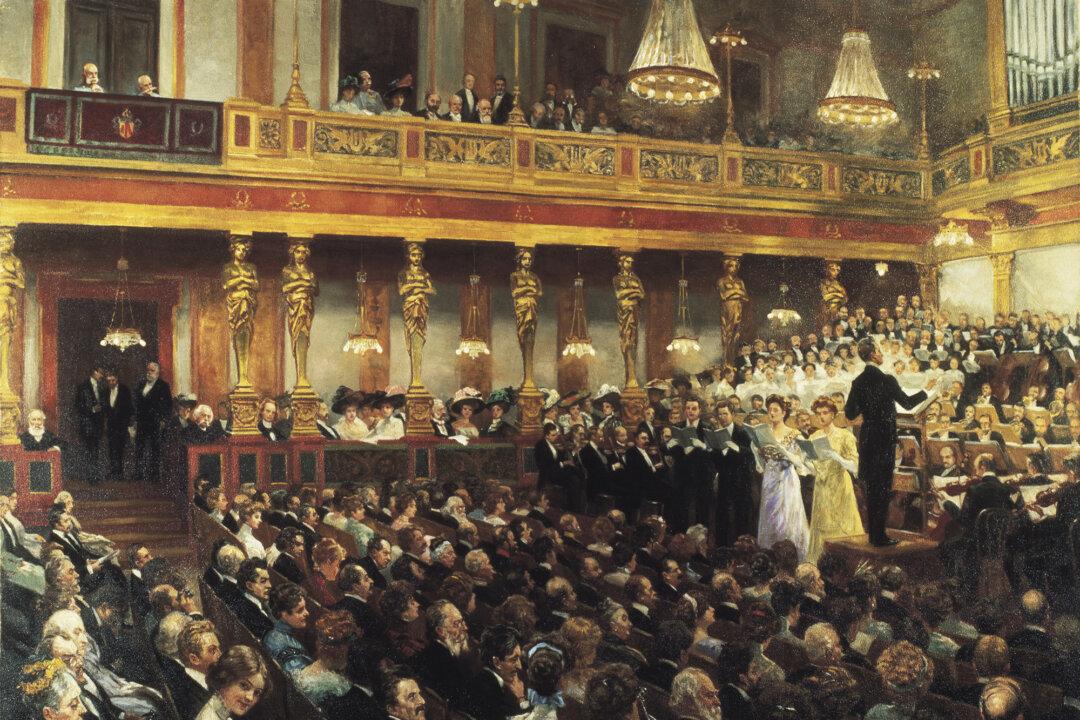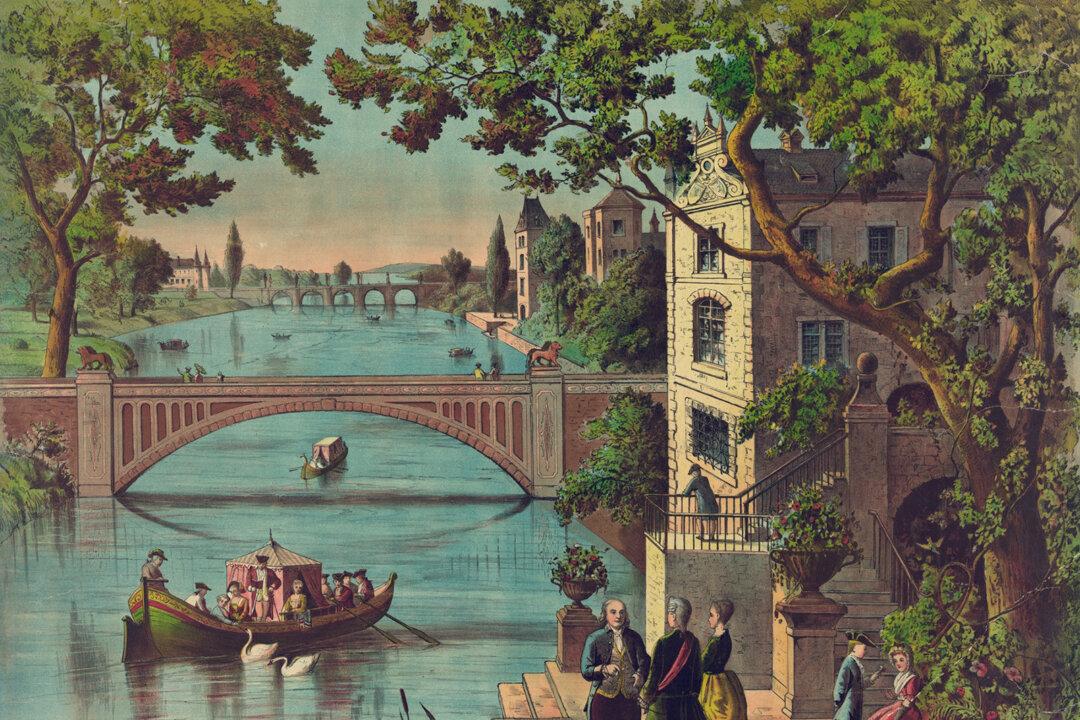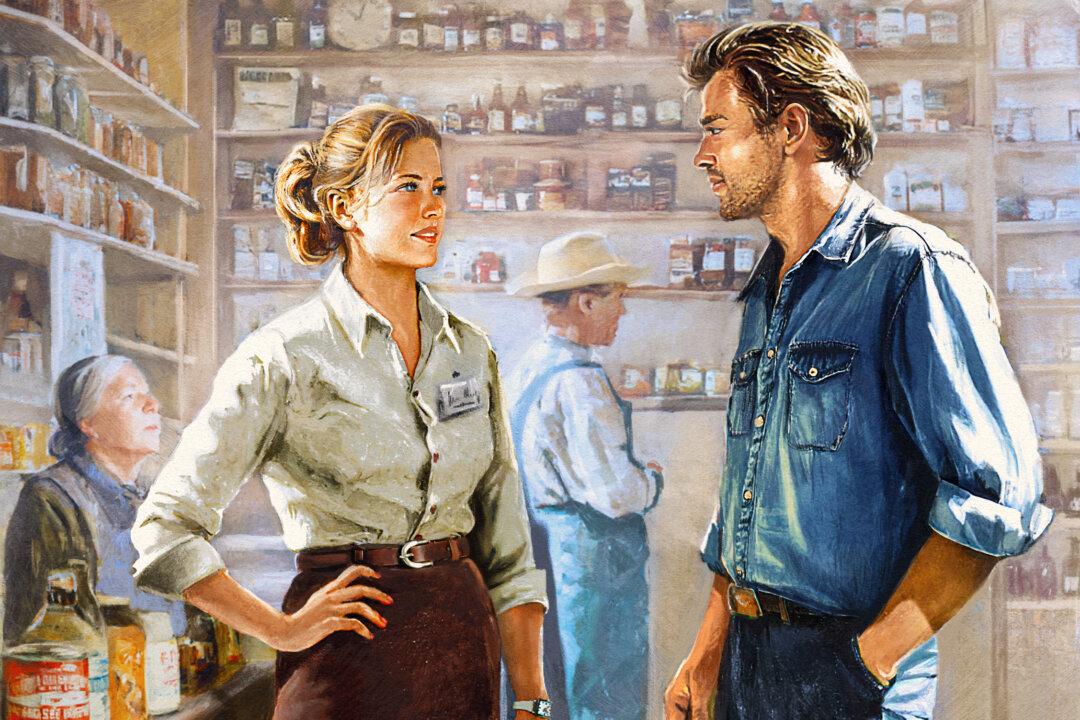One of the best things to come out of the COVID-19 pandemic is the changing educational landscape. Many parents are now homeschooling their children, realizing that doing so is not as daunting as they thought, while many other parents have seen the type of crummy curricula their children are being fed and are demanding that their elected school board members make some changes.
Annie Holmquist is a cultural commentator hailing from America's heartland who loves classic books, architecture, music, and values. Her writings can be found at Annie’s Attic on Substack.
Author’s Selected Articles






